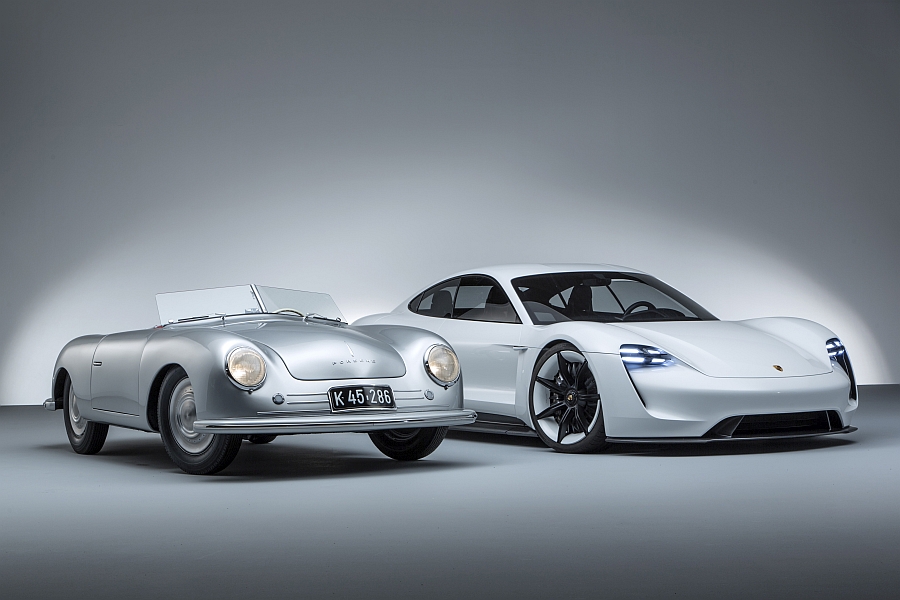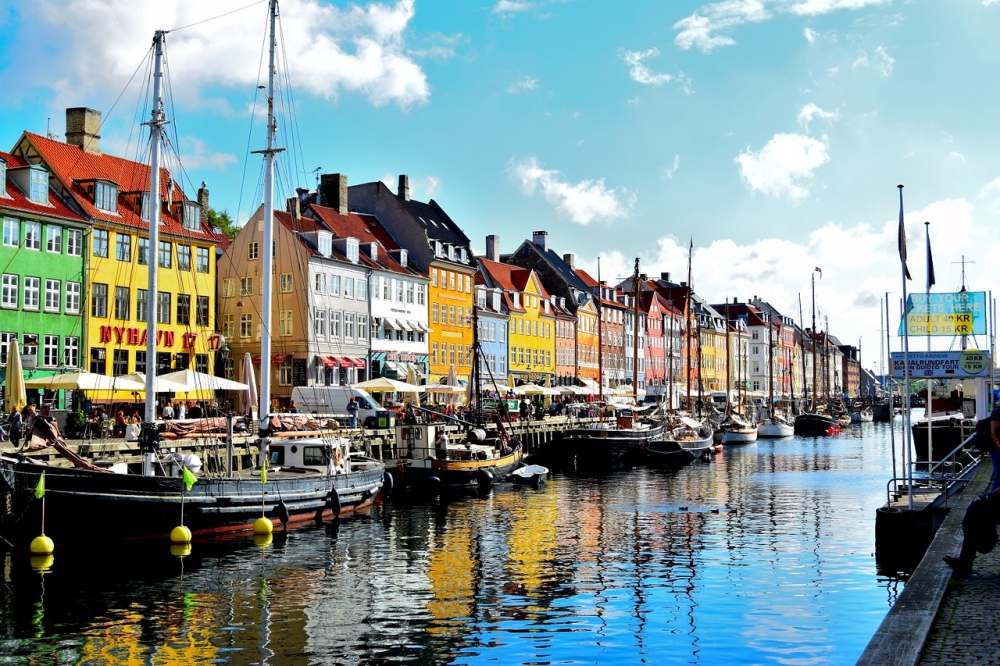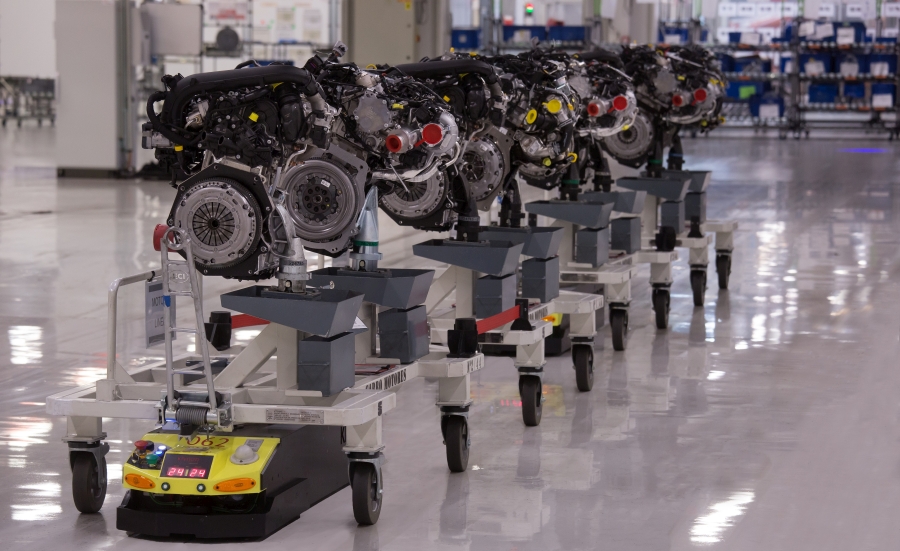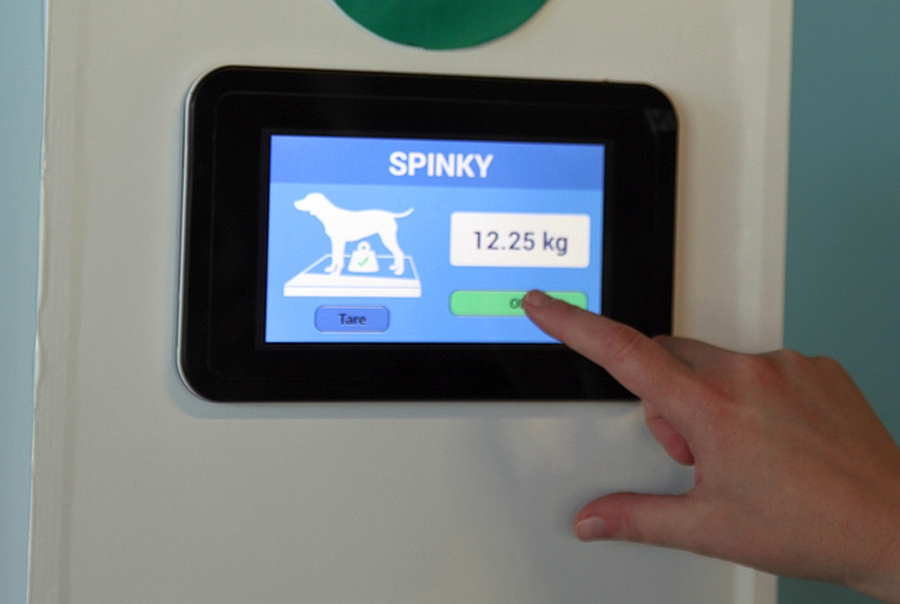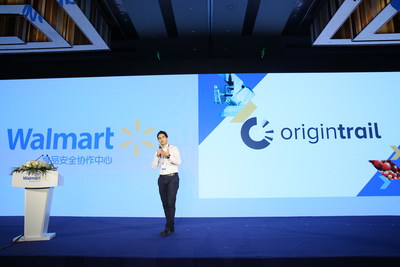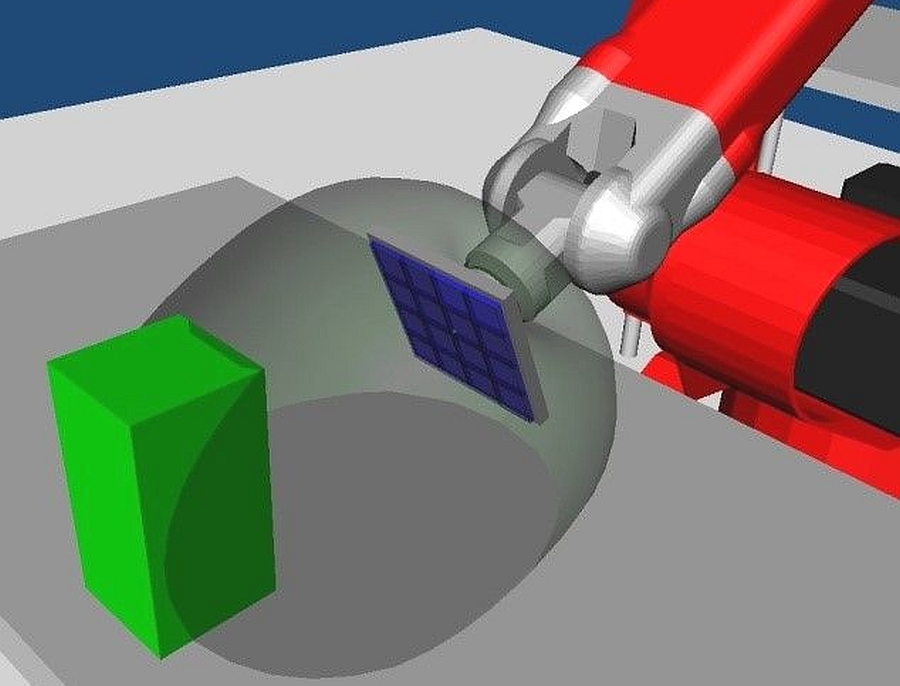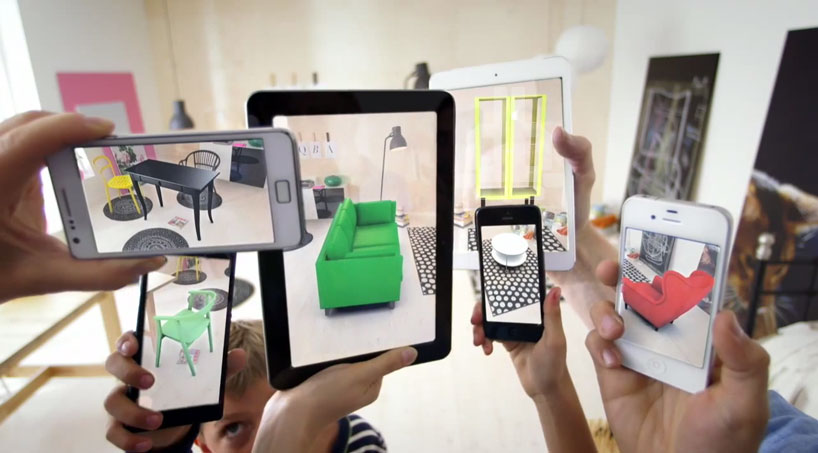Exercise Crossed Swords Practised Cyber-Kinetic Operations in Latvia
Crossed Swords 2018, the technical red teaming cyber defence exercise of the NATO Cooperative Cyber Defence Centre of Excellence, took place last week in Latvia in cooperation with CERT.LV. This year the exercise expanded considerably in scope and complexity, covering several geographical areas, involving critical information infrastructure providers and cyber-kinetic engagement of military units.
Partnership between Sigfox operator Connected Baltics and Levira accelerates IoT services reach in Estonia
Connected Baltics OÜ and Levira can now enable hundreds of thousands of smart devices across Estonia to connect directly using Sigfox LPWAN technology, which provides the most energy and cost efficient IoT connectivity solution to the market.
Tallinn, Estonia, January 31, 2018 - Connected Baltics, the exclusive Sigfox operator of the world's leading provider of connectivity for the Internet of Things (IoT), and Levira, the leading digital services provider from Estonia, entered the IoT partnership to offer Sigfox's low-powered connectivity into the Levira's IoT offerings and solutions.
70 years of sports cars at Porsche
Fast. Puristic. Emotive. For the past 70 years, the Porsche brand has been synonymous with sports car construction at the very highest level. The first vehicle to bear the Porsche name was registered on June 8, 1948: It was the 356 “No.1” Roadster. This is the day on which the Porsche brand was born. The Type 356 turned Ferry Porsche’s dream of a sports car into a reality.
Proact to provide bespoke monitoring service to enhance availability at City of Copenhagen’s IT entity
The City of Copenhagen’s IT service provider Koncern IT has selected leading data centre and cloud service provider Proact to provide monitoring and alerts for more than 100 critical components in its complex IT infrastructure, outside working hours. This tailored version of Proact’s Premium Support+ will help Koncern IT reduce incident response times from hours to minutes, ensuring IT operations are supported round-the-clock.
The daily routine of autonomous robots: more than 1,600 km and 23,800 parts
A blue light goes on at 5 o’clock in the morning in the engines warehouse. It belongs to one of the 125 robots that begins its route in one of the workshops at the SEAT factory in Martorell, where it makes up to 2,800 rounds every day. This is how these mobile robots work:
Internet of Things arrives to animal health care
Devices connected to Internet are now part of our everyday life, as well as in small animal clinics. Provet Weight Check Point, developed by Finnish Net Solutions, has been eagerly adapted by clinics.
Internet of Things (IoT) means the expansion of the Internet network into devices and machines. Provet Weight Check Point is doing just that.
Automating a simple, constantly repeating routine is of interest to everyone. If the clinic has 10,000 animals to be weighed each year and each animal’s weighing, saving the weight, and microchip reading takes 1 minute, then automating this step saves 10,000 minutes per year, i.e. 20 working days a year. Managing the job automatically saves both staff time and considerable money.
OriginTrail is Unlocking the Blockchain for Global Supply Chains
OriginTrail, European IT company known for its traceability solutions, developed the first blockchain protocol that is purpose-built for data exchange between organizations along the supply chain. It announced a token sale (ICO) starting in January with a mission to bring decentralized data exchange available to every organization. It enables mass adoption which will increase trust and efficiencies on a global scale.
Trailblazing R&D: robots with a sensitive touch
Smart robots are capable of perceiving and responding to their surroundings. For this purpose, they require sensors that simultaneously detect various stimuli. Researchers at the Karlsruhe Institute of Technology (KIT) have developed multimodal sensors that respond to motion and touch and thus provide the ideal complement to conventional optical systems.
World Energy Trends, Outlook and Strategies to 2025- Which fuels and Strategies Will Prevail in the Rapidly Changing Environment?
World energy industry is steadily moving towards stability after the turbulence in recent years. Markets are responding positively to early signs of compliance. Over the near term future, we expect oil prices to remain under pressure despite posing an upward trend in 2017. Most markets will shift towards increased efficiency and low cost oil and gas production.
Bharat Book Bureau announces the addition of the report "World Energy Trends, Outlook and Strategies to 2025- Which fuels and Strategies will prevail in the rapidly changing environment " to its offering.
Augmented reality offers greater opportunities than virtual reality, says GlobalData
Virtual reality (VR) often makes the headlines as a game changer in technology, but is actually a niche brand of technology with very limited applications for the wider business community, says GlobalData, a leading data and analytics company.

